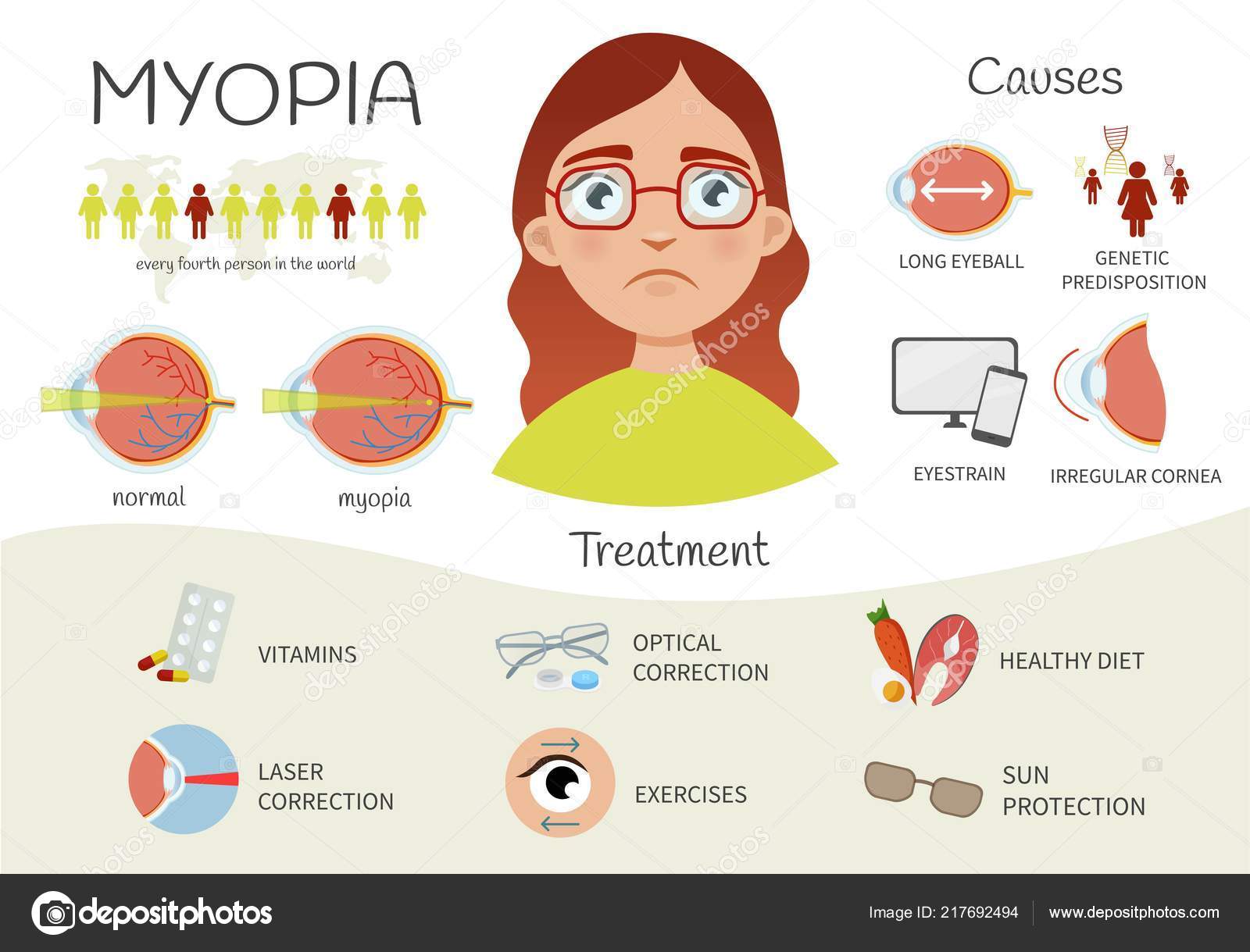Interested Regarding The Distinctions Between SMILE, LASIK, And PRK Eye Surgical Treatments?
Interested Regarding The Distinctions Between SMILE, LASIK, And PRK Eye Surgical Treatments?
Blog Article
Developed By-McElroy Wilder
If you have actually been considering SMILE eye surgical procedure, you might wonder just how it compares to LASIK and PRK. do blood thinners affect cataract surgery has its very own set of advantages and factors to consider. From quicker recovery times to prospective dangers, there are essential distinctions you need to understand before making a decision. Recognizing these differences will aid you make an enlightened choice that lines up with your particular demands and assumptions. Curious to recognize even more concerning how these procedures contrast in detail? Continue exploring to obtain cataract surgery at 58 of SMILE, LASIK, and PRK.
SMILE Eye Surgery Summary
If you're thinking about SMILE eye surgery, you'll discover it to be a minimally intrusive treatment with a quick healing time. During SMILE (Small Incision Lenticule Removal), a laser is used to create a little, accurate cut in the cornea to eliminate a tiny item of cells, reshaping it to remedy your vision. This differs from LASIK, where a flap is developed, and PRK, where the outer layer of the cornea is completely removed.
One of the essential advantages of SMILE is its minimally invasive nature, causing a faster recovery process and much less pain post-surgery. The healing time for SMILE is fairly quick, with lots of people experiencing improved vision within a day or more. This makes it a prominent choice for those seeking a convenient and effective vision modification procedure. In addition, SMILE has been shown to have a lower danger of completely dry eye disorder compared to LASIK, making it a favorable option for individuals worried regarding this possible adverse effects.
Distinctions In Between SMILE, LASIK, and PRK
When comparing SMILE, LASIK, and PRK eye surgeries, it is very important to comprehend the distinct techniques used in each procedure for vision correction.
SMILE (Small Incision Lenticule Extraction) is a minimally invasive procedure that entails developing a little cut to remove a lenticule from the cornea, improving it to correct vision.
LASIK (Laser-Assisted In Situ Keratomileusis) involves producing a thin flap on the cornea, using a laser to improve the underlying tissue, and then repositioning the flap.
source for this article (Photorefractive Keratectomy) eliminates the outer layer of the cornea before improving the cells with a laser.
The major difference lies in the way the cornea is accessed and dealt with. SMILE is flapless, making it a great option for people with slim corneas or those involved in contact sports. LASIK offers quick visual healing due to the flap development, but it may posture a greater threat of flap-related complications. PRK, although having a much longer recovery duration, avoids flap-related concerns altogether.
Recognizing these differences is critical in choosing the most suitable treatment for your vision modification requirements.
Advantages And Disadvantages Contrast
To review the advantages and drawbacks of SMILE, LASIK, and PRK eye surgeries, it's necessary to consider the certain benefits and potential restrictions of each treatment. 6 year old cataract surgery provides the advantage of a minimally intrusive treatment, with a smaller sized incision and potentially quicker healing time compared to LASIK and PRK. It also minimizes the risk of completely dry eye post-surgery, an usual side effect of LASIK. Nevertheless, SMILE might have constraints in dealing with higher levels of nearsightedness or astigmatism compared to LASIK.
LASIK surgery offers fast aesthetic recovery and marginal discomfort during the procedure. It's very efficient in treating a vast array of refractive mistakes, including nearsightedness, hyperopia, and astigmatism. Yet, LASIK lugs a threat of flap issues, which can affect the corneal framework.
PRK eye surgical treatment, while not as prominent as LASIK, stays clear of developing a corneal flap, minimizing the threat of flap-related difficulties. It's suitable for people with thin corneas or irregular corneal surface areas. Nonetheless, PRK has a much longer recovery time and may involve much more pain throughout the recovery procedure.
Final thought
So, when it pertains to selecting in between SMILE, LASIK, and PRK, think about it like picking the ideal set of footwear. SMILE is like a streamlined, comfy set of sneakers - fast and simple.
LASIK is more like fashionable high heels - flashy and fast, but with some possible threats.
PRK is like strong hiking boots - reliable and long lasting, but needing a bit even more effort and time.
Inevitably, the most effective option depends on your specific demands and preferences.
